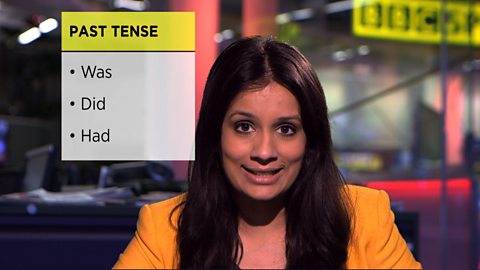Video summary
Actors Shannon Flynn and Richard Wisker talk about using emotive language, the difference between facts and opinions, and how to use evidence to support persuasive writing.
Shannon demonstrates various techniques - like using a snappy title, reasoning, counter arguments, rhetorical questions and a conclusion - to build a strong persuasive piece.
But, will Richard be convinced that listening to the latest Michael Bublé album really is worth doing?!
This short film is from the Â鶹Éç series, The Facts About Non-Fiction.
Teacher Notes
Whilst writing persuasive texts, pupils often fall into the trap of being too informal and chatty.
You could select some of the vocabulary that is explained in this resource and ask your pupils, in pairs, to write definitions. For example: counter argument, emotive language, first person, rhetorical question, fact, opinion, balanced review.
Then pupils could watch this short film to check if their definitions are correct.
This short film will be relevant for teaching English at KS1 and KS2 in England, Wales and Northern Ireland and 1st and 2nd Level in Scotland.
How to write clear instructions. video
Stefan Gates explains how writing a set of instructions requires use of simple, precise language, and an understanding of chronological order and imperative verbs.

How to write a discussion text. video
Newsround presenter Leah Boleto explains how discursive writing requires an understanding of the difference between facts and opinions, and how to use connecting phrases and statistics.

How to write a recount. video
Michael Rosen explains how writing a recount requires an understanding of chronological order or sequencing, and how to structure a piece of writing.

How to write a non-chronological report. video
Â鶹Éç journalist Sonali Shah explains how writing non-chronological reports requires an understanding of the planning, writing and drafting process.

How to write an explanation. video
Chris Packham explains how writing an explanation requires an understanding of chronological order or sequencing, how to use technical language and how to write succinctly.
